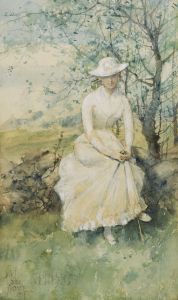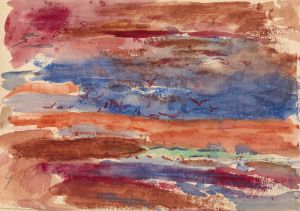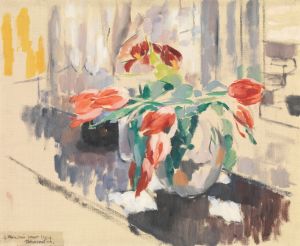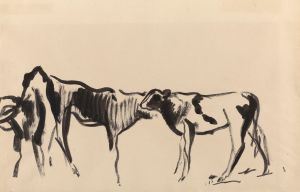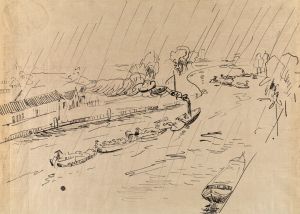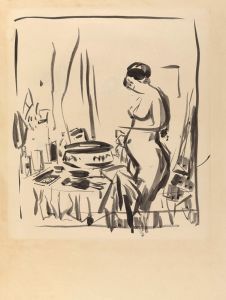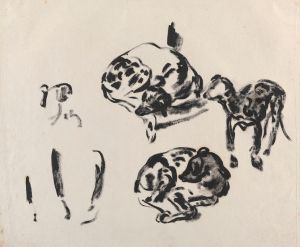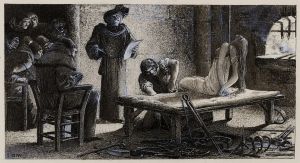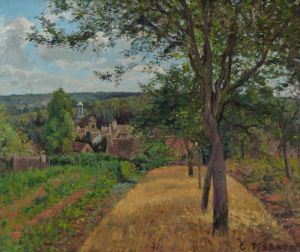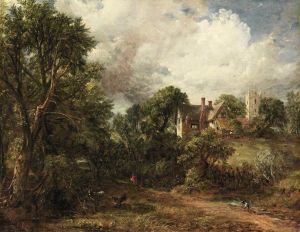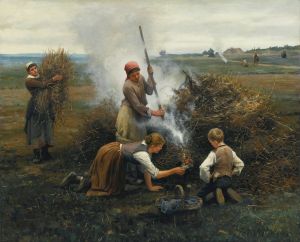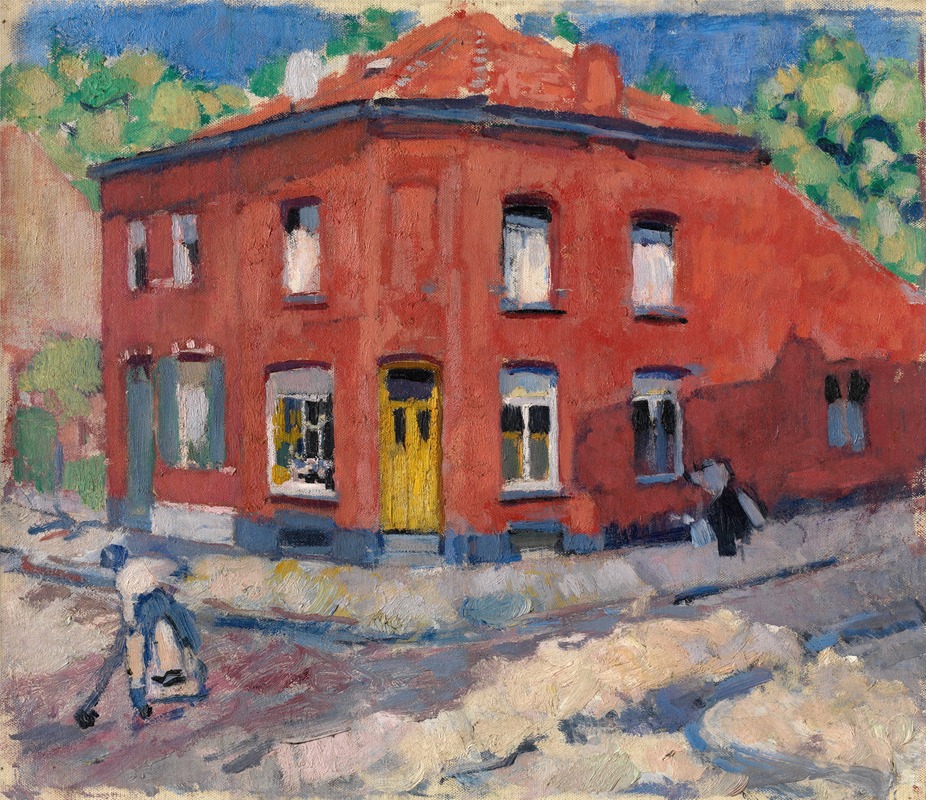
The Red House, Late Snow
A hand-painted replica of Rik Wouters’s masterpiece The Red House, Late Snow, meticulously crafted by professional artists to capture the true essence of the original. Each piece is created with museum-quality canvas and rare mineral pigments, carefully painted by experienced artists with delicate brushstrokes and rich, layered colors to perfectly recreate the texture of the original artwork. Unlike machine-printed reproductions, this hand-painted version brings the painting to life, infused with the artist’s emotions and skill in every stroke. Whether for personal collection or home decoration, it instantly elevates the artistic atmosphere of any space.
"The Red House, Late Snow" is a painting by the Belgian artist Rik Wouters, created in 1911. Wouters, born on August 21, 1882, in Mechelen, Belgium, was a prominent figure in the Fauvist movement and is known for his vibrant use of color and expressive brushwork. His works often depict intimate domestic scenes, landscapes, and portraits, reflecting his personal life and surroundings.
"The Red House, Late Snow" exemplifies Wouters' distinctive style, characterized by bold colors and dynamic compositions. The painting captures a scene of a red house amidst a snowy landscape, showcasing Wouters' ability to convey the interplay of light and color. The use of red in the house contrasts sharply with the white snow, creating a striking visual effect that draws the viewer's attention. This contrast is a hallmark of Fauvism, a movement that emphasized painterly qualities and strong color over representational accuracy.
Wouters' technique in this painting involves loose, expressive brushstrokes that give the scene a sense of immediacy and movement. The snow is depicted with a variety of colors, including blues and purples, which add depth and dimension to the scene. This approach reflects Wouters' interest in capturing the transient effects of light and atmosphere, a common theme in his work.
The painting also reflects Wouters' personal circumstances during this period. In 1911, Wouters was living in the small village of Watermael-Boitsfort, near Brussels, with his wife, Nel Deurinckx, who was a frequent subject in his works. The couple lived in modest conditions, and their home and its surroundings often served as inspiration for Wouters' paintings. "The Red House, Late Snow" can be seen as a reflection of Wouters' intimate connection to his environment and his ability to find beauty in everyday scenes.
Rik Wouters' career was tragically cut short by illness. In 1914, he was diagnosed with cancer, and despite undergoing surgery, his health continued to decline. He passed away on July 11, 1916, at the age of 33. Despite his short career, Wouters left a significant impact on the art world, and his works continue to be celebrated for their vibrant energy and emotional depth.
Today, "The Red House, Late Snow" is held in the collection of the Royal Museum of Fine Arts of Belgium in Brussels. The painting is considered one of Wouters' masterpieces and is admired for its bold use of color and expressive technique. It stands as a testament to Wouters' talent and his contribution to the Fauvist movement.
In summary, "The Red House, Late Snow" by Rik Wouters is a notable example of early 20th-century Fauvist painting. It captures the artist's unique approach to color and light, as well as his personal connection to his surroundings. Despite his brief career, Wouters' work remains influential and continues to be appreciated for its vibrant and emotive qualities.





